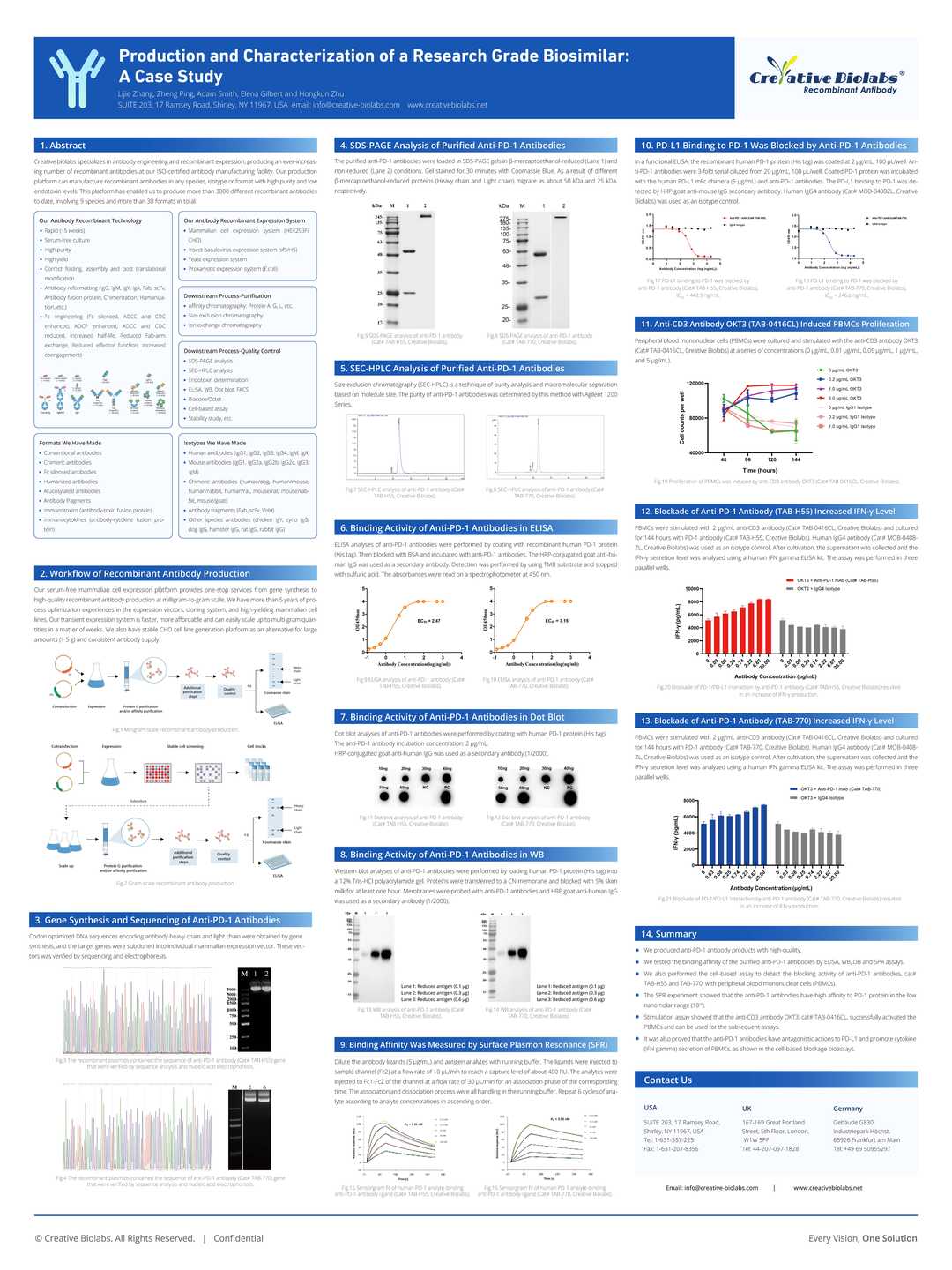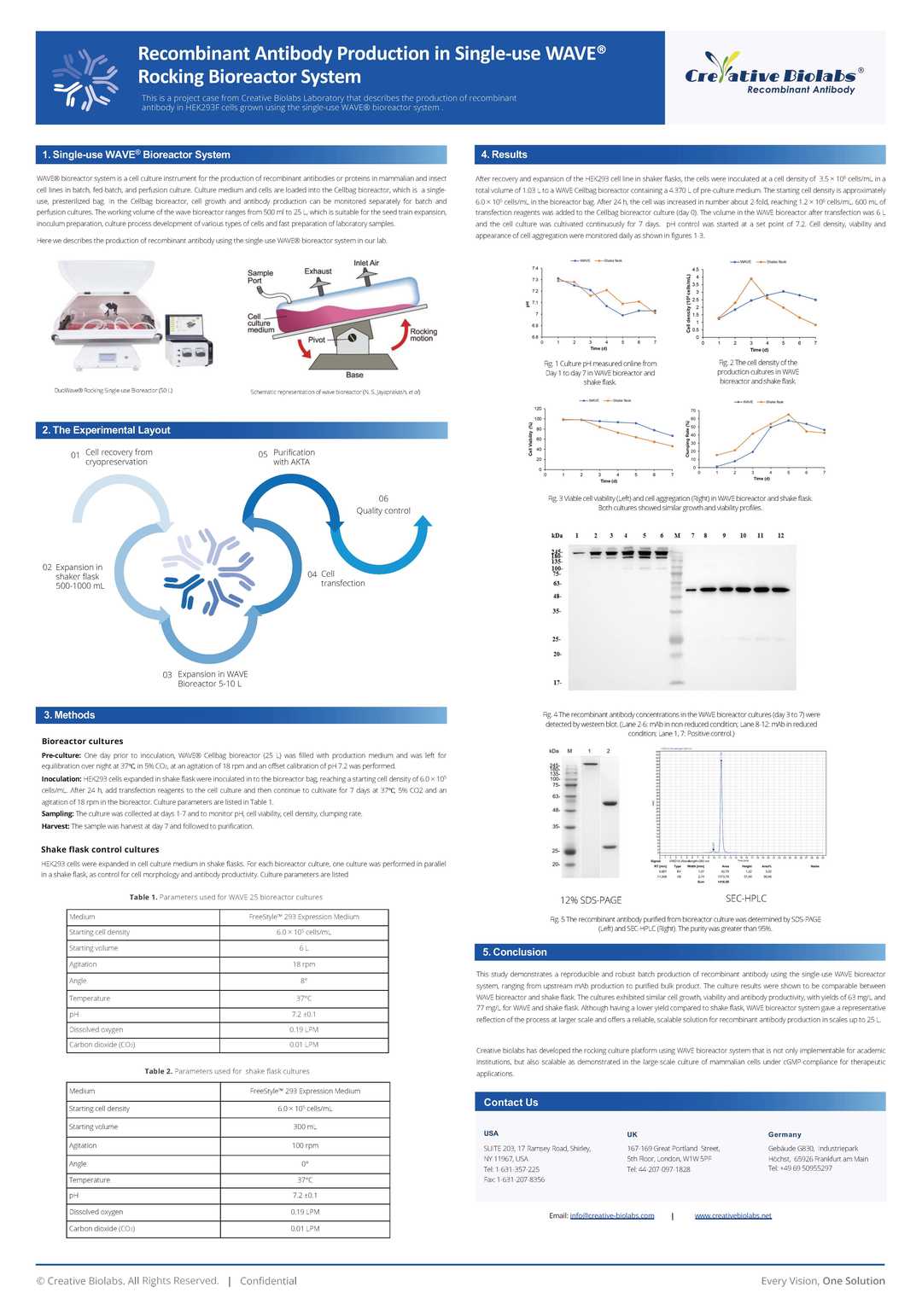Rabbit Anti-CHEK1 Recombinant Antibody (VS3-CJ127)
CAT#: VS3-CJ127
This product is a rabbit antibody that recognizes CHEK1.





Specifications
- Immunogen
- Recombinant protein
- Host Species
- Rabbit
- Type
- Rabbit IgG
- Specificity
- Human CHEK1
- Species Reactivity
- Human
- Applications
- WB, ICC, IF, IHC, FC
- Conjugate
- Unconjugated
Product Property
- Purification
- Protein A affinity purified
- Purity
- >95% as determined by SDS-PAGE
- Buffer
- 40% Glycerol, 1% BSA, TBS, pH7.4.
- Preservative
- 0.05% sodium azide
- Storage
- Store at 4°C for short term. Aliquot and store at -20°C for long term. Avoid repeated freeze/thaw cycles.
- Shipping
- Ice packs
Applications
- Application Notes
- This antibody has been tested for use in Western Blot, Immunocytochemistry, Immunofluorescence, Immunohistochemistry, Flow Cytometry.
Target
- Alternative Names
- CHK1
- Gene ID
- 1111
- UniProt ID
- O14757
- Sequence Similarities
- Belongs to the protein kinase superfamily. CAMK Ser/Thr protein kinase family. NIM1 subfamily.
- Cellular Localization
- Chromosome, Cytoplasm, Cytoskeleton, Nucleus
- Post Translation Modifications
- Phosphorylated by ATR in a RAD17-dependent manner in response to ultraviolet irradiation and inhibition of DNA replication. Phosphorylated by ATM in response to ionizing irradiation. ATM and ATR can both phosphorylate Ser-317 and Ser-345 and this results in enhanced kinase activity. Phosphorylation at Ser-345 induces a change in the conformation of the protein, activates the kinase activity and is a prerequisite for interaction with FBXO6 and subsequent ubiquitination at Lys-436. Phosphorylation at Ser-345 also increases binding to 14-3-3 proteins and promotes nuclear retention. Conversely, dephosphorylation at Ser-345 by PPM1D may contribute to exit from checkpoint mediated cell cycle arrest. Phosphorylation at Ser-280 by AKT1/PKB, may promote mono and/or diubiquitination. Also phosphorylated at undefined residues during mitotic arrest, resulting in decreased activity.
Ubiquitinated. Mono or diubiquitination promotes nuclear exclusion (By similarity).
The activated form (phosphorylated on Ser-345) is polyubiquitinated at Lys-436 by some SCF-type E3 ubiquitin ligase complex containing FBXO6 promoting its degradation. Ubiquitination and degradation are required to terminate the checkpoint and ensure that activated CHEK1 does not accumulate as cells progress through S phase, when replication forks encounter transient impediments during normal DNA replication. 'Lys-63'-mediated ubiquitination by TRAF4 at Lys-132 activates cell cycle arrest and activation of DNA repair (PubMed:32357935).
Proteolytically cleaved at the C-terminus by SPRTN during normal DNA replication, thereby promoting CHEK1 removal from chromatin and activating the protein kinase activity.
- Protein Refseq
- NP_001107593.1; NP_001107594.1; NP_001231775.1
- Function
- Serine/threonine-protein kinase which is required for checkpoint-mediated cell cycle arrest and activation of DNA repair in response to the presence of DNA damage or unreplicated DNA (PubMed:11535615, PubMed:12446774, PubMed:12399544, PubMed:14559997, PubMed:14988723, PubMed:15311285, PubMed:15665856, PubMed:15650047, PubMed:32357935).
May also negatively regulate cell cycle progression during unperturbed cell cycles (PubMed:11535615, PubMed:12446774, PubMed:12399544, PubMed:14559997, PubMed:14988723, PubMed:15311285, PubMed:15665856, PubMed:15650047).
This regulation is achieved by a number of mechanisms that together help to preserve the integrity of the genome (PubMed:11535615, PubMed:12446774, PubMed:12399544, PubMed:14559997, PubMed:14988723, PubMed:15311285, PubMed:15665856, PubMed:15650047).
Recognizes the substrate consensus sequence [R-X-X-S/T] (PubMed:11535615, PubMed:12446774, PubMed:12399544, PubMed:14559997, PubMed:14988723, PubMed:15311285, PubMed:15665856, PubMed:15650047).
Binds to and phosphorylates CDC25A, CDC25B and CDC25C (PubMed:9278511, PubMed:12676583, PubMed:14681206, PubMed:12676925, PubMed:12759351, PubMed:19734889, PubMed:14559997).
Phosphorylation of CDC25A at 'Ser-178' and 'Thr-507' and phosphorylation of CDC25C at 'Ser-216' creates binding sites for 14-3-3 proteins which inhibit CDC25A and CDC25C (PubMed:9278511).
Phosphorylation of CDC25A at 'Ser-76', 'Ser-124', 'Ser-178', 'Ser-279' and 'Ser-293' promotes proteolysis of CDC25A (PubMed:9278511, PubMed:12676583, PubMed:14681206, PubMed:12676925, PubMed:12759351, PubMed:19734889).
Phosphorylation of CDC25A at 'Ser-76' primes the protein for subsequent phosphorylation at 'Ser-79', 'Ser-82' and 'Ser-88' by NEK11, which is required for polyubiquitination and degradation of CDCD25A (PubMed:9278511, PubMed:19734889, PubMed:20090422).
Inhibition of CDC25 leads to increased inhibitory tyrosine phosphorylation of CDK-cyclin complexes and blocks cell cycle progression (PubMed:9278511).
Also phosphorylates NEK6 (PubMed:18728393).
Binds to and phosphorylates RAD51 at 'Thr-309', which promotes the release of RAD51 from BRCA2 and enhances the association of RAD51 with chromatin, thereby promoting DNA repair by homologous recombination (PubMed:15665856).
Phosphorylates multiple sites within the C-terminus of TP53, which promotes activation of TP53 by acetylation and promotes cell cycle arrest and suppression of cellular proliferation (PubMed:10673501, PubMed:15659650, PubMed:16511572).
Also promotes repair of DNA cross-links through phosphorylation of FANCE (PubMed:17296736).
Binds to and phosphorylates TLK1 at 'Ser-743', which prevents the TLK1-dependent phosphorylation of the chromatin assembly factor ASF1A (PubMed:12660173, PubMed:12955071).
This may enhance chromatin assembly both in the presence or absence of DNA damage (PubMed:12660173, PubMed:12955071).
May also play a role in replication fork maintenance through regulation of PCNA (PubMed:18451105).
May regulate the transcription of genes that regulate cell-cycle progression through the phosphorylation of histones (By similarity).
Phosphorylates histone H3.1 (to form H3T11ph), which leads to epigenetic inhibition of a subset of genes (By similarity).
May also phosphorylate RB1 to promote its interaction with the E2F family of transcription factors and subsequent cell cycle arrest (PubMed:17380128).
Phosphorylates SPRTN, promoting SPRTN recruitment to chromatin (PubMed:31316063).
Reduces replication stress and activates the G2/M checkpoint, by phosphorylating and inactivating PABIR1/FAM122A and promoting the serine/threonine-protein phosphatase 2A-mediated dephosphorylation and stabilization of WEE1 levels and activity (PubMed:33108758).
Customer Review
There are currently no Customer reviews or questions for VS3-CJ127. Click the button above to contact us or submit your feedback about this product.
Submit Your Publication
Published with our product? Submit your paper and receive a 10% discount on your next order! Share your research to earn exclusive rewards.
Downloadable Resources
Download resources about recombinant antibody development and antibody engineering to boost your research.
Product Notes
This is a product of Creative Biolabs' Hi-Affi™ recombinant antibody portfolio, which has several benefits including:
• Increased sensitivity
• Confirmed specificity
• High repeatability
• Excellent batch-to-batch consistency
• Sustainable supply
• Animal-free production
See more details about Hi-Affi™ recombinant antibody benefits.
Datasheet
MSDS
COA
Certificate of Analysis LookupTo download a Certificate of Analysis, please enter a lot number in the search box below. Note: Certificate of Analysis not available for kit components.
Protocol & Troubleshooting
We have outlined the assay protocols, covering reagents, solutions, procedures, and troubleshooting tips for common issues in order to better assist clients in conducting experiments with our products. View the full list of Protocol & Troubleshooting.
Isotype Control
- CAT
- Product Name
Secondary Antibody
- CAT
- Product Name
See other products for "CHEK1"
Select a product category from the dropdown menu below to view related products.
| CAT | Product Name | Application | Type |
|---|---|---|---|
| MOR-0688 | Hi-Affi™ Rabbit Anti-CHEK1 Recombinant Antibody (clone DS688AB) | IP, WB | Rabbit IgG |
| CAT | Product Name | Application | Type |
|---|---|---|---|
| ZG-0016U | Rabbit Anti-CHEK1 Recombinant Antibody (clone 2F2) | ELISA, WB, IHC, IF | Rabbit IgG |
| VS3-CJ128 | Rabbit Anti-CHEK1 Recombinant Antibody (VS3-CJ128) | WB, IHC | Rabbit IgG |
| VS3-FY376 | Recombinant Rabbit Anti-CHEK1 Antibody (clone R07-4K2) | WB | Rabbit IgG |
| VS3-XY3314 | Rabbit Anti-CHEK1 Recombinant Antibody (clone R02-1D6) | WB, ICC, IF, IP | Rabbit IgG |
| VS3-WK2139 | Rabbit Anti-CHEK1 (pS296) Recombinant Antibody (clone R02-4Z6) | WB | Rabbit IgG |
| CAT | Product Name | Application | Type |
|---|---|---|---|
| VS-1024-XY120 | Mouse Anti-NHP CHEK1 Recombinant Antibody (clone T.59.2) | WB | Mouse IgG1 |
| CAT | Product Name | Application | Type |
|---|---|---|---|
| VS-0125-FY38 | Mouse Anti-CHEK1 scFv-Fc Chimera (VS-0125-FY38) | FC | Mouse IgG1, scFv-Fc |
| CAT | Product Name | Application | Type |
|---|---|---|---|
| VS13-YC216 | CytoStream™ Rabbit Anti-CHEK1 Recombinant Antibody (VS13-YC216) | WB, ICC, IF, IHC-P, FC | Rabbit IgG |
| CAT | Product Name | Application | Type |
|---|---|---|---|
| VS-0525-XY1428 | Anti-CHEK1 Immunohistochemistry Kit | IHC | |
| VS-0525-XY1429 | Anti-Mouse CHEK1 Immunohistochemistry Kit | IHC |
Popular Products

Application: IP, IF, FuncS, FC, Neut, ELISA, IHC

Application: FC, IP, ELISA, Neut, FuncS, IF, WB

Application: ELISA, IP, FC, FuncS, Neut, IF, IHC

Application: IP, IF, FuncS, FC, Neut, ELISA, ICC

Application: IF, IP, Neut, FuncS, ELISA, FC, WB

Application: FC, IHC, FuncS, Inhib, Cyt
-2.png)
Application: ELISA, FC, IP, FuncS, IF, Neut, ICC

Application: Neut, ELISA, FuncS
-2.png)
Application: WB, ELISA, FC, IHC, IP
-2.png)
Application: WB, ELISA

Application: WB, ELISA, FuncS, Inhib, PK, IP, SPR

Application: ELISA, IHC, FC, IP, IF, FuncS

Application: ELISA, IHC, FC, IP, IF, FuncS

Application: ELISA, IF, Block, FuncS
For research use only. Not intended for any clinical use. No products from Creative Biolabs may be resold, modified for resale or used to manufacture commercial products without prior written approval from Creative Biolabs.
This site is protected by reCAPTCHA and the Google Privacy Policy and Terms of Service apply.
















